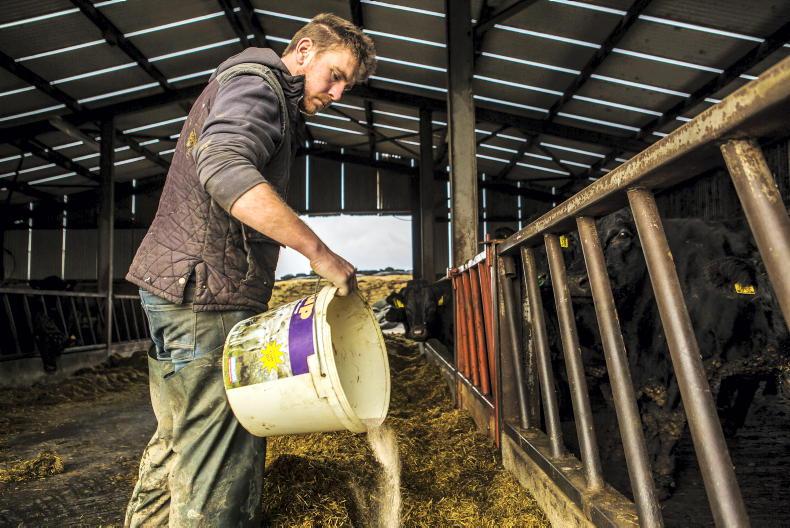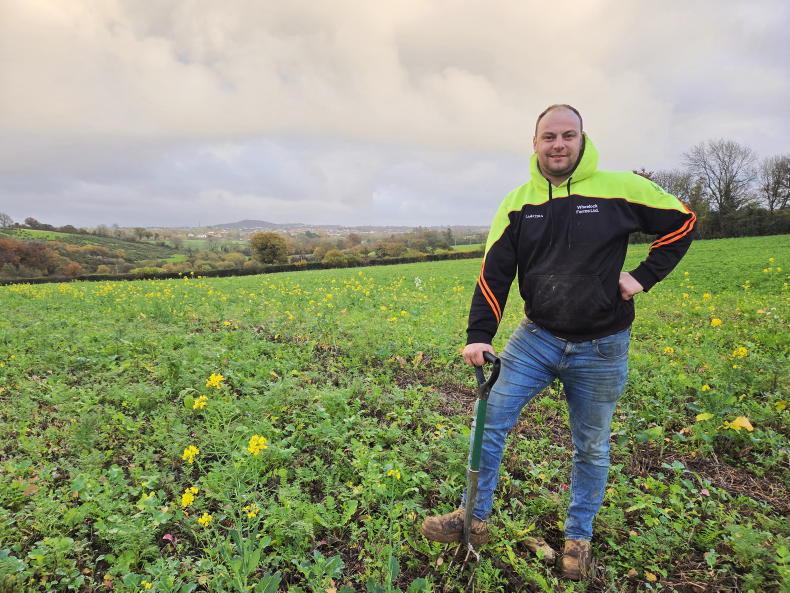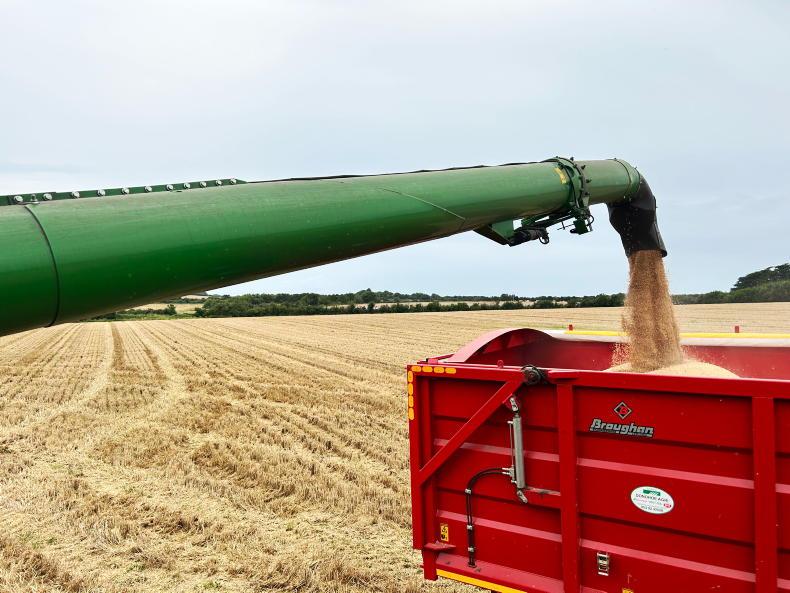Harvest soon: With July upon us, the start of harvest is just around the corner for some, but weeks away for others.
A quick scan of the Met weather stations in the main tillage regions shows that most areas are slightly under 50% of their 30-year average rainfall at the end of the first six months.
A year ago that was between 40% and 45%.
There is still life in many winter barley crops and the alternating warm and cool weather is prolonging grain fill.
Whether that will be translated into yield or not remains to be seen. Harvest is still at least two weeks away for most people and some could still be looking at the last week in July to start.
Final sprays: At this point virtually all cereal crops are likely to have received their final fungicide. Now it is a matter of hoping that the weather is kind for grain fill and that this turns into good yield and quality.
Beans: Most bean crops still await their final fungicide. Many crops received a first fungicide in recent weeks and this should be followed by a second fungicide three weeks later. This will be based on Signum.
Crops look good, with pods set relatively high and quite uniform. Some crops had suffered from the recent dryness, with signs of wilting very evident on plants.
Oilseed rape: Desiccation is getting closer and some crops may be sprayed already. Avoid spraying too soon as crops are maturing slowly. Judge the crop by the colour of the canopy initially, but the decision as to when to desiccate should be based on inspection of the seeds. Do this when there is visible colour change from green to brown, looking across the top of the crop.
Assess seed colour in 20 pods in different places within the crop. When at least two-thirds of the seeds in at least 15 of each 20 pod sample have turned brown or black, the crop is at its earliest correct stage for desiccation. This needs to be checked every few days until the decision is made to desiccate, as colour can change very quickly in warm spells.
Use plenty of water (200l/ha or more) with up to 2.0 kg/ha of Roundup Powermax or 3-4 l/ha or other glyphosate formulations.
Grass weeds: Inspect all crops for weeds, map where they are for future action if they are present and make it your business to find out what they all are.
Grass weed problems like sterile brome, canary grass and blackgrass are becoming increasingly prevalent across all establishment systems. Where these occur, it is important to ensure that you do not carry seeds from infested to clean fields in a combine or baler.
These things spread quickly enough without allowing machines to help the process.
This may mean having to blow down machinery between fields and this should certainly be done when machines come on to your land.










SHARING OPTIONS